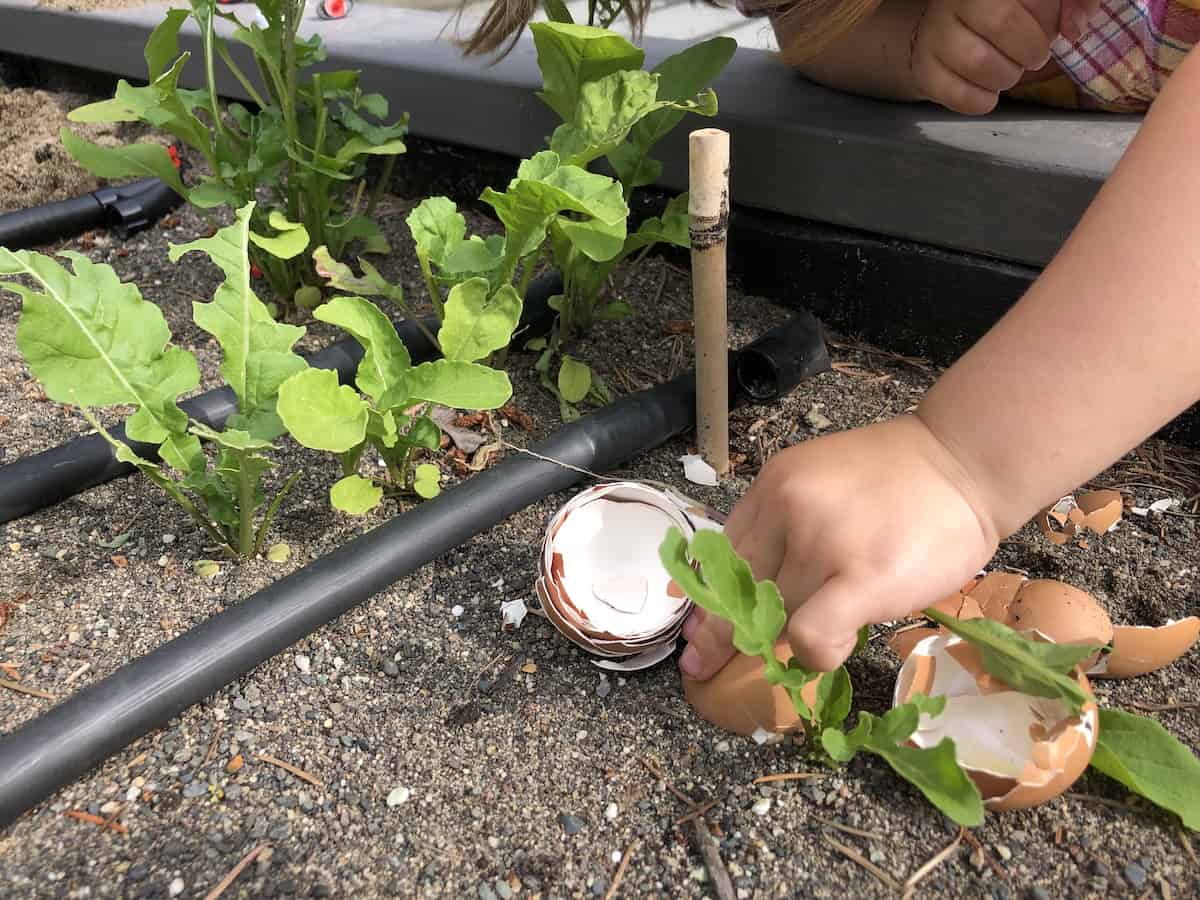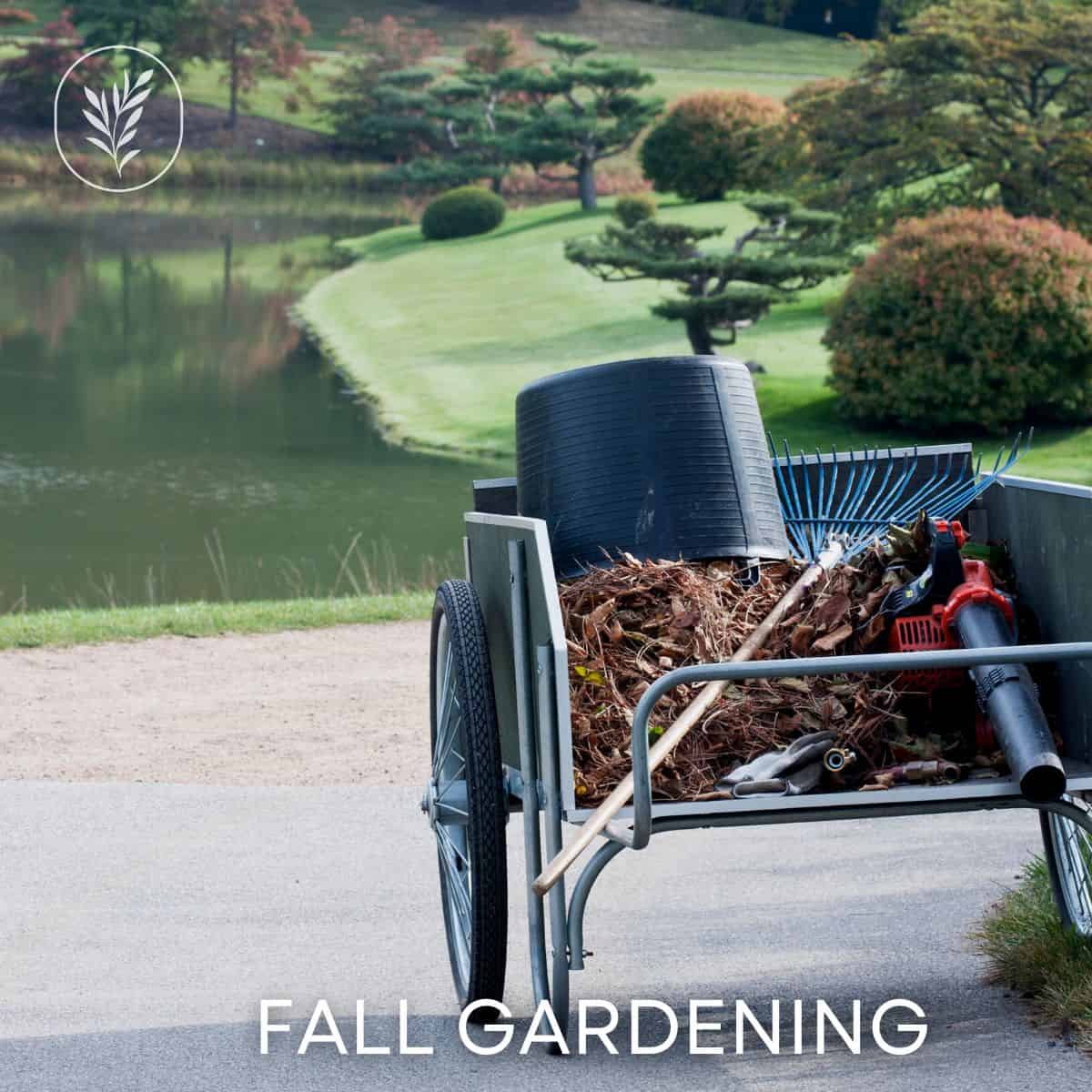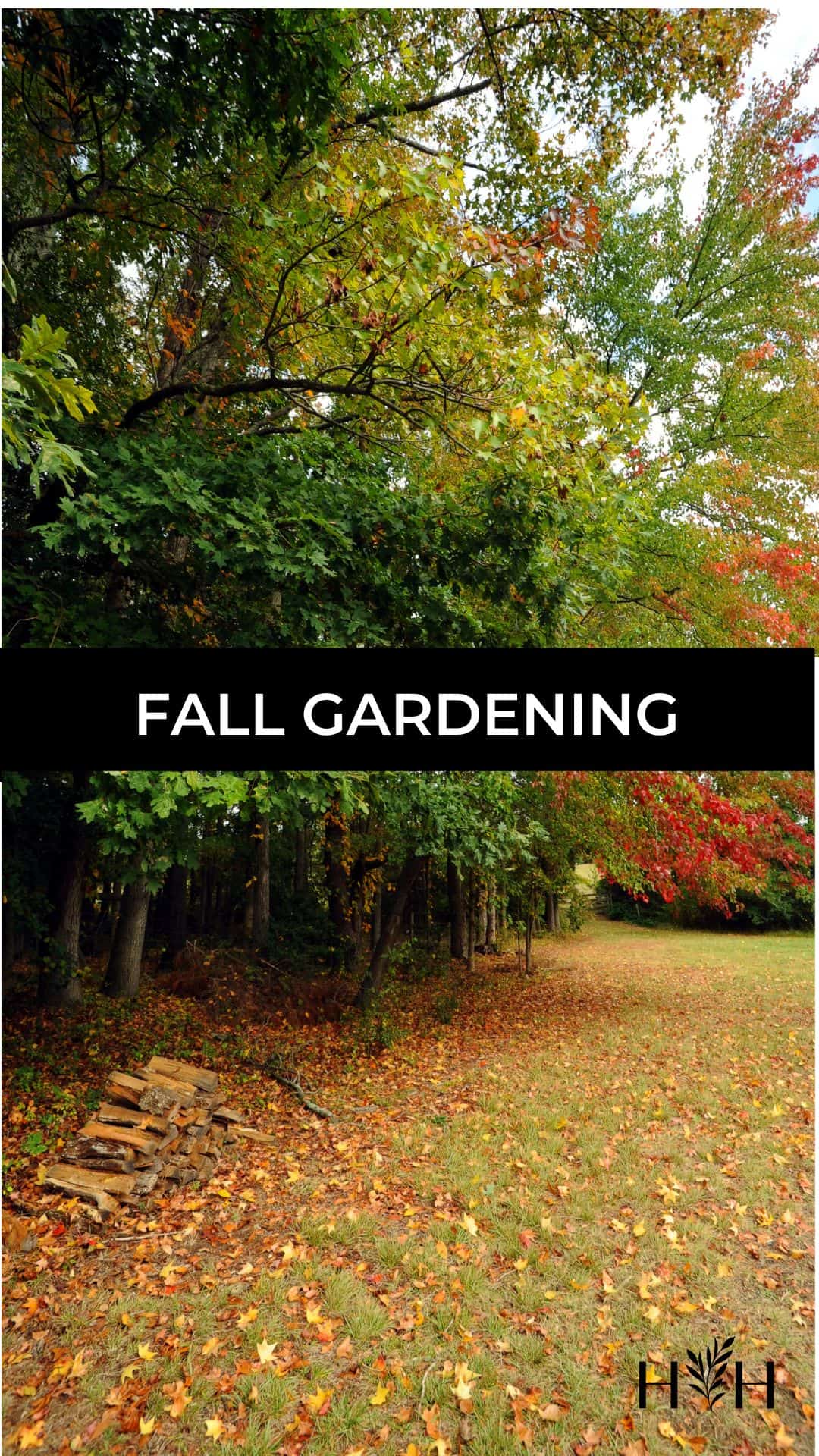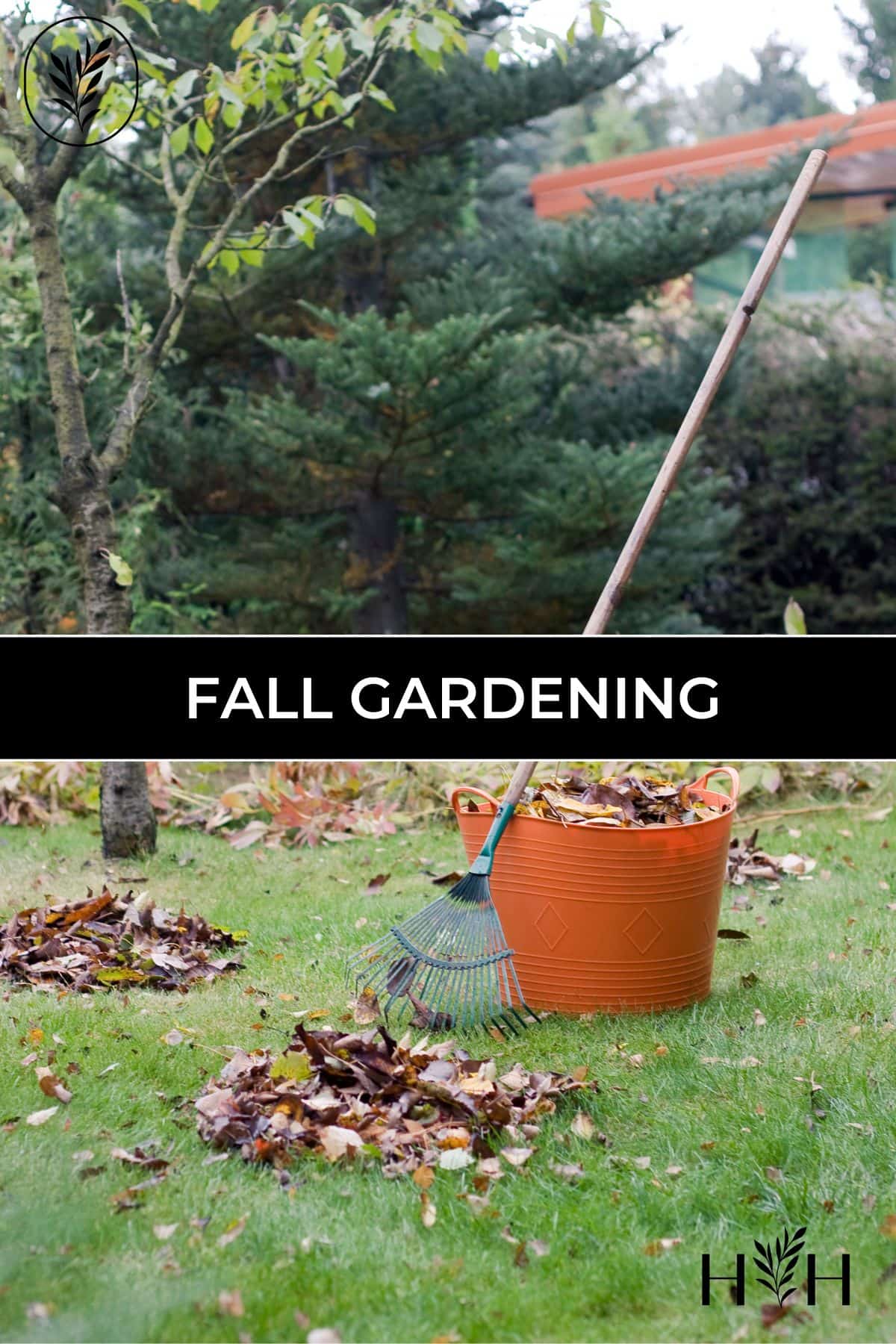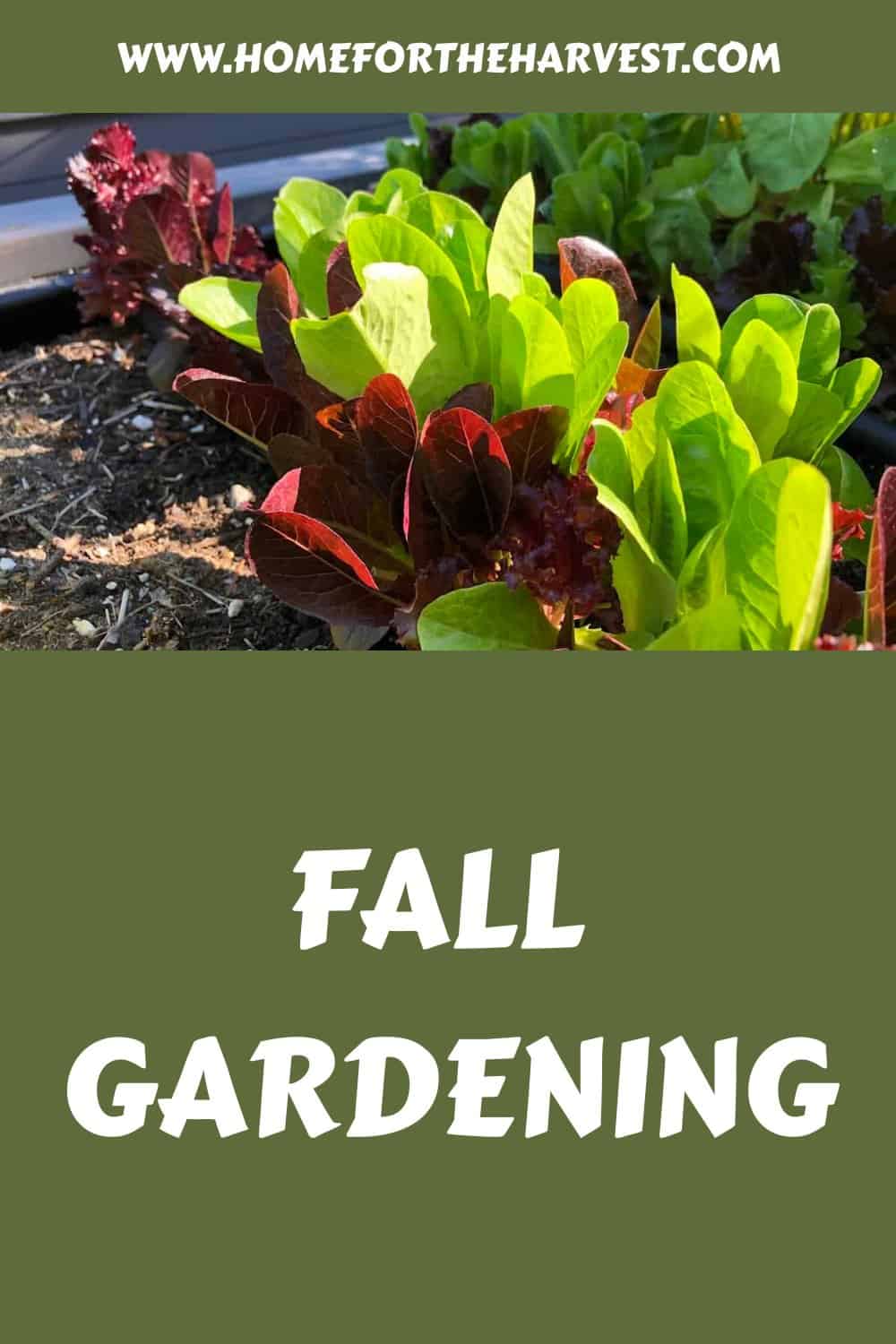Aaaah Autumn. The season of pumpkin spice lattes, apple picking, and the harvest moon. And, of course, fall gardening! Put your green thumb to work to ensure a robust vegetable garden with these top fall gardening tips for a bountiful autumn harvest.
Whether you have a huge backyard full of raised beds and fruit trees or a planter-filled patio in the city, there is a plethora of vegetables to grow in the fall. Read on to learn how to make your fall vegetable garden a success.
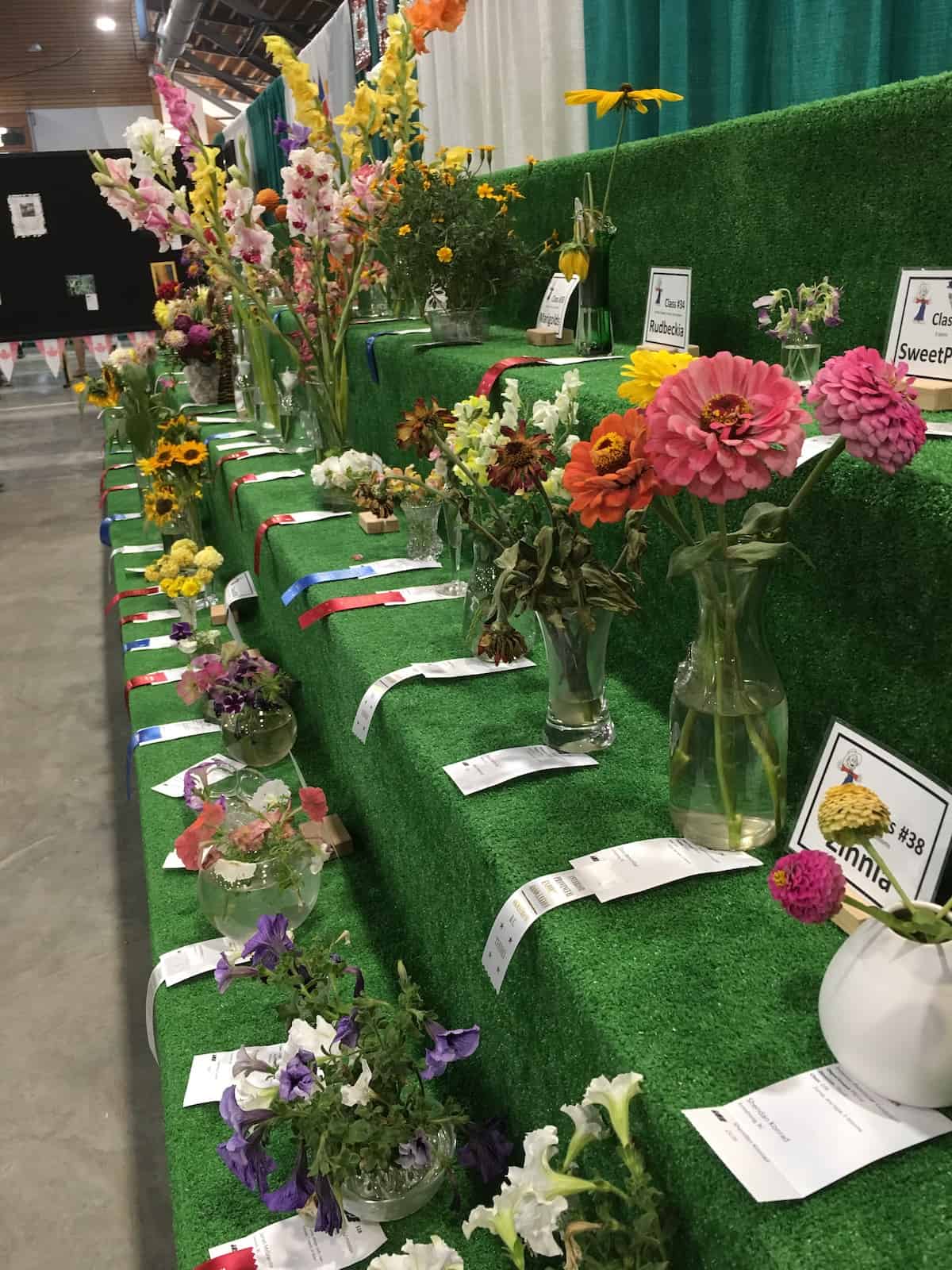
New to gardening? Get some guidance
If you’re a first-time gardener, it’s a good idea to do a bit of research before you get started.
Fall brings with it a unique set of garden challenges. Leaves start falling from the trees. The ground becomes boggy in the rain or begins to harden in the cold. The garden gets enveloped in shadow.
Prepare your garden for fall vegetables
Pick the last of your summer vegetables and remove the vegetation. Have too many cucumbers to use fresh? Pickle them! Kitchen bench overflowing with tomatoes? Make spaghetti sauce and freeze it for the colder months.
Try to get some cold-hardy vegetables like kale and other winter crops so your garden can remain productive over winter.
Add all that fading summer greenery from your raised beds to your compost pile or dig it back into the soil. The nutrients will fuel future crops. It’s a good time to add soil amendments like slow-release organic fertilizer to your garden now, too.
Collect any seeds that you want to save for next season. Store them in a cool, dry place like your refrigerator or a dark cupboard. Move vulnerable perennials inside to keep them warm over the coming winter.
Check trees for damaged branches and remove mulch or leaf litter from their trunks to stop damaging mildew and mold from thriving.
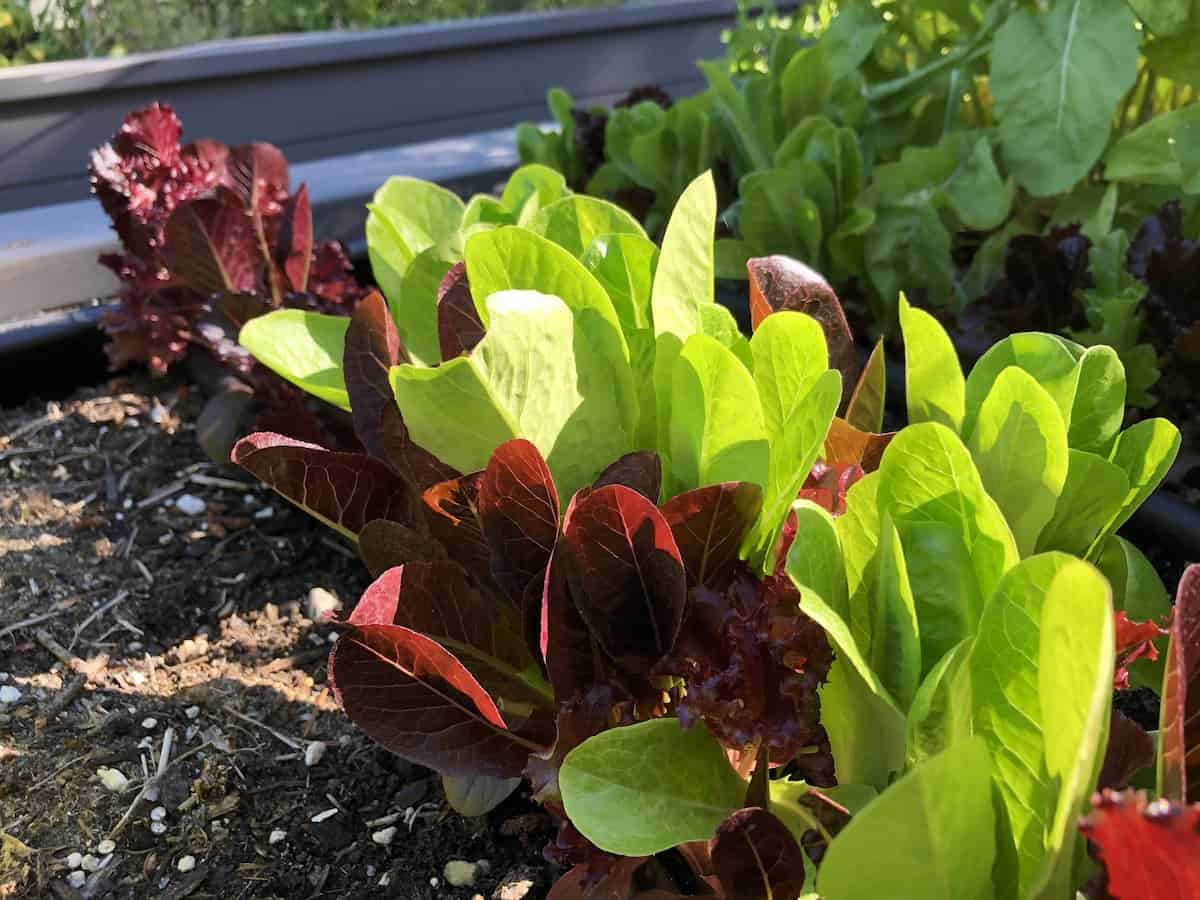
Know what grows well in your zone in the fall
In the USA, the Department of Agriculture has drawn up a helpful map of 13 Hardiness Zones to help gardeners and farmers know what to plant where, and when.
Fall gardeners in warmer climes (zones over 8) rejoice! You’re heading into your best growing season. You can grow almost anything over the fall months. (And even over the winter months in the hottest zones.) Popular picks include summer squash, pumpkin, broccoli, potatoes, and bell peppers.
For those in cooler zones 5 to 7, think of early fall as your last chance to get some fall vegetables harvested before the ground gets icy. Carrots, cauliflower, beets, and spinach will all do well. Here is a giant list of winter vegetable crops you can plant now and enjoy over the upcoming months.
Get the right fall gardening gear
Of course, you can garden with only your bare hands and some dirt. But having a few purpose-made gardening tools can make working in the garden a decidedly more enjoyable experience.
Essential tools to have on hand include:
- A rake or leaf blower and leaf scoops for collecting fallen leaves.
- Sharp snips or pruners for dead-heading flowers and trimming back shrubs.
- Tough, hand-held digging tools like trowels, forks, and bulb planters.
- A hoe for turning over the soil after your summer garden has died back.
- A pair of gardening gloves and mud-resistant garden boots.
A wheelbarrow, garden cart, or some big tip bags are nice to have if you’re moving a lot of soil, compost, or mulch. And gardeners in zones 7 or colder should consider investing in a greenhouse.
Here’s a list of gardening tools to inspire your shopping list!
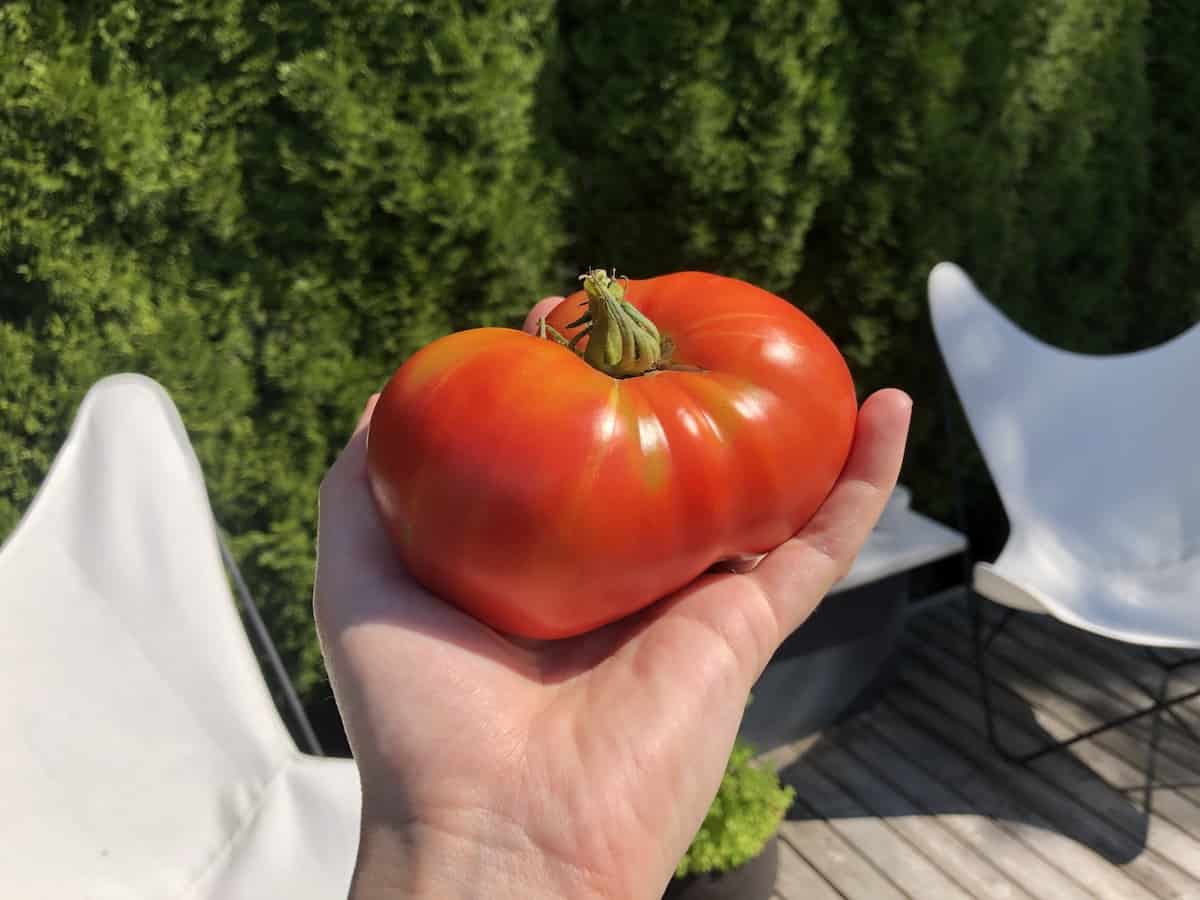
See what your neighbors are growing
Not sure what to plant in your fall vegetable garden? Take a look over the fence and see what your neighbors are growing! You could even swap cuttings and seeds with them. You already know these plants grow well in your area.
Most botanical gardens have areas dedicated to edible plants scattered amongst their ornamental arrangements. Pay a visit to your local public gardens and take note of what’s growing. If you’re not sure how to identify a plant, just ask! The gardens usually have volunteers on hand to help visitors.
Don’t just focus on annuals
Gardens aren’t just for growing food. Think about what kinds of trees, flowering shrubs, and indoor plants could give you the benefits of a vegetable garden with a lot less day-to-day maintenance.
Depending on your zone, plants that flower in the fall might include asters, pansies, chrysanthemums, and ornamental peppers. Look at plants with vibrant leaves like ornamental grasses or shade-loving hostas to add some curb appeal.
It’s also a great idea to make your garden friendly to wildlife. Increased biodiversity helps keep plants healthy and restores America’s natural spaces. Focus on growing fall-blooming plants that are native to your area. Here are some wonderful USA-native plants you can grow for the local bird population.
Consider fall-planted cover crops
If you’re exhausted from a full-on spring and summer of gardening work, why not consider planting your beds with cover crops? Sometimes called “green manure”, cover crops are easy to manage, improve soil quality, attract beneficial insects, and sometimes even provide food for your table.
Nitrogen-fixing legumes like field peas and fava beans are a popular choice for cover crops in the USA, as are grains like oats and rye. Hardy daikon radish has deep, nutrient-capturing roots. Here are three top options for fall cover cropping:
- Crimson Clover
- Buckwheat
- Winter Rye
In most zones, plant your cover crops in early fall for the best results.
